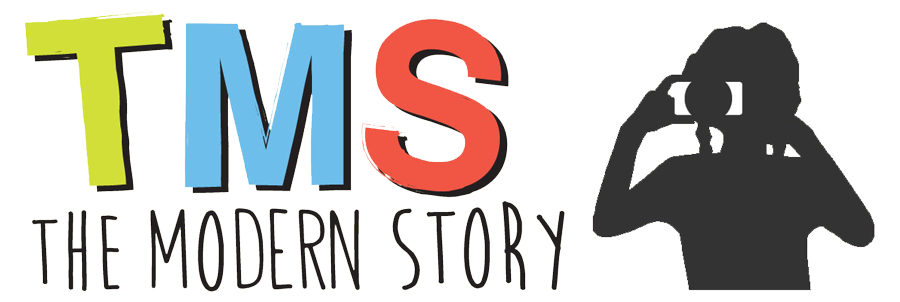A Hello from Emily
My name is Emily Kwong and I am thrilled to be a 2012 fellow with The Modern Story (TMS). In a world saturated by policies and percentages, The Modern Story valorizes the human voice—the human story—and empowers it to speak loudly and largely. Through student-created photo essays and micro-documentaries, it puts the powers of representation directly in the hands of a young person. It’s a toolbox that behaves like a megaphone, giving them the digital equipment and soft knowledge to share their words, thoughts, and feelings with each other, with their community, with the world. Go watch one of TMS’s 100+ videos on Vimeo. Try the news bulletin about child trafficking, the report about traffic congestion, or the spoken word proclaiming, “I am from the moon, from dilkush and butterscotch ice cream.” See what I mean?
In this way, TMS never purports to “give youth a voice,” but to turn up the volume of their voice. It was this singular, but crucial distinction that attracted me to The Modern Story in the first place. Now, writing this on the plane from London to Mumbai, there aren’t enough adjectives to convey the admiration I have for The Modern Story, the surplus of feeling I feel to be a part of this organization, and my excitement to work with the 2012 TMS class, all 8th and 9th grade students at government schools in Hyderabad, India.
I graduated a little less than a month ago with a B.A. degree and more questions than answers. Through my interdisciplinary curriculum in Anthropology and Human Rights, I become interested in ethnographic writing and the dissemination of personal narrative as rallying point for social change. Those four years were rich in exploration, with forays into print journalism, radio work, oral history and digital heritage work, youth media, and creative, project-based learning as a method of education. I researched digital heritage while studying abroad in South Africa, taught briefly at a youth media academy in inner city Hartford, CT, and interned at an education non-profit that explored global themes through art and media projects.
Were I to draw a Venn diagram with that generous, idealistic faith of a post-grad, these many interests and experiences share in common a desire to lend credence to small yet significant personal stories, undocumented in popular telling, but deserving of being heard. It comes from the value my family has always placed upon listening wholeheartedly to others. The more I learned about The Modern Story, the more its ideology corresponded with these deeply-rooted personal values, strumming the chords of my own belief that people needed stories to survive. It is an ancient phenomenon, an impulse that has sprung up spontaneously in all cultures across time and space. Only the need to nourish, rest, and breathe can claim the same level of vitality. Scientific research is beginning to support what advertisers, authors, and Aristotle have long known. Readers of fiction are revealed to be far more empathetic and socially aware than non-readers. Hooked up to an MRI and shown images of human faces, their hippocampus (that part of the brain dedicated to emotional response) lights up like a firefly. The more I come to understand the science and artistry of storytelling, the more I appreciate its power. For better or for worse, dramatic social change can be affected by one well-told story.
With any hope, we at The Modern Story can inform, inspire, and entertain you with compelling digital stories 100% created, produced, and edited by our students. Keep checking in for profiles of students, their fantastic multimedia work, lessons about teaching, and stories about storytelling. For now, thank you for reading and leave a comment. What’s your favorite story to tell? To hear? To read?
Meet Emily from The Modern Story on Vimeo.




